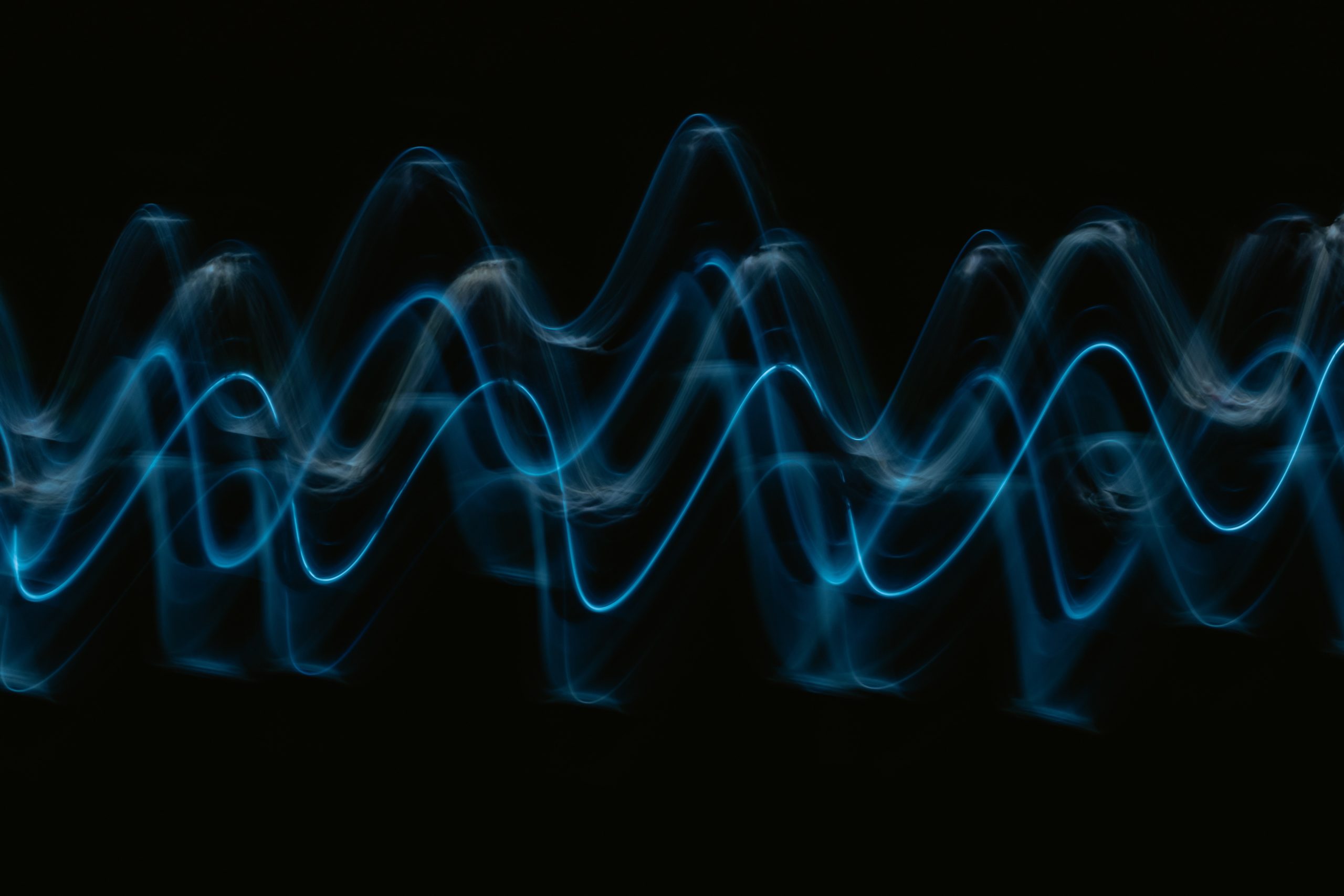by Valentin Fleur
During a regular day, people living in a typical urban environment can experience a wide range of sounds in a wide variety of locations including workplace (not so much these days), retail stores, schools, recreational centers and the home. In fact, the decibels levels are growing so much that in the Guidelines for Community Noise, the World Health Organization has declared that 120 million people worldwide have hearing difficulties 1 and 1.1 billion are at risk of hearing loss 2.
Now let’s take a side step for a minute: imagine being visually impaired, and counting on your sense of hearing to navigate in our industrialized societies…it’s a living hell and it’s the hell that 285 millions 3 of visually impaired people are facing every day. Since 2017, striving for more inclusivity, the EU has financed a wide range of tech projects that improved the lives of its seeing-impaired citizens. Here are some examples 4:
- GPS-powered apps: Brands like Seeing Eye GPS or Blind Square offer the possibility through a Voice Over system to locate, guide and calculate routes. The directions are transmitted on mobile devices by sound or vibration signals.
- Beacons and Bluetooth: A beacon is a small, physical object that receives location data from nearby devices via Bluetooth5. Because they are Bluetooth-based, they can be installed everywhere, indoor and outdoor, in stores, bus stops, administrative buildings or offices. They offer real-time information and allow the visually impaired to know when the next train is arriving, the correct platform number, or which number is next while waiting in line.
- Tactile and talking maps: Tactile maps allow the blind to have a better understanding of their environment in a more physical way. Distances, building structure, street gradients and other topographical features allow them to feel their surroundings in a different way. Adding audio components to this experience (e.g. park names, street numbers) can enrich the feel of their location. A company called Lighthouse is developing some incredible immersive solutions.
In 2018, Sixième Son developed a sonic ecosystem for a French start-up named GoSense, an award-winning technology revolutionizing everyday life for the seeing impaired.Beyond this, we used a specific sound texture to support the functional needs of the technology, while maintaining the brand personality.
The GoSense technology requires a device called “Rango” attached to the blind person’s walking stick that connects both to the “WIZIGO” app and special earbuds called ”Airbuds.” To support the Rango navigational experience we designed sounds that help the seeing impaired orient him or herself in relation to their surroundings:
- The closer the obstacle, the sharper the sound texture
- The further the obstacle, the more reverb the sound texture has
- The closer to the ground an obstacle is, the lower the pitch
These technologies have become valuable solutions to improving the lives of the visually impaired and we have only just scratched the surface of what will be possible using the power of sound.
- Environmental Health Perspective: https://www.ncbi.nlm.nih.gov/pmc/articles/PMC1253729/
- World Health Organization: https://www.who.int/pbd/deafness/activities/IECD_2015_Press_Release_EN.pdf?ua=1
- Bloomberg City Lab: https://www.bloomberg.com/news/articles/2015-01-15/maps-that-you-can-hear-and-touch
- Living Map: https://www.livingmap.com/smart-cities-for-the-blind/
- Beacon Marketing: https://www.leanplum.com/glossary/beacon-marketing/
Photo by Pawel Czerwinski on Unsplash




